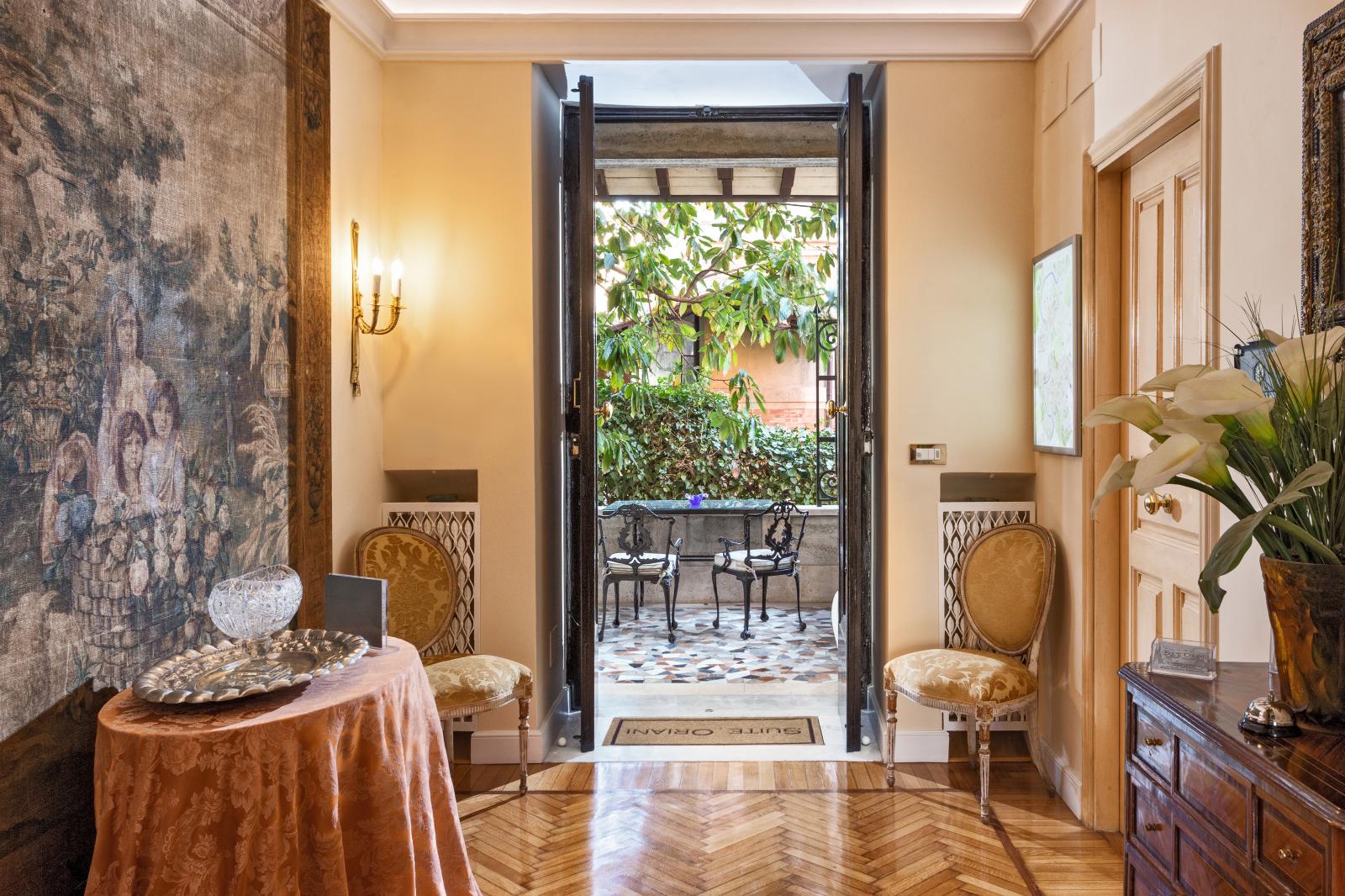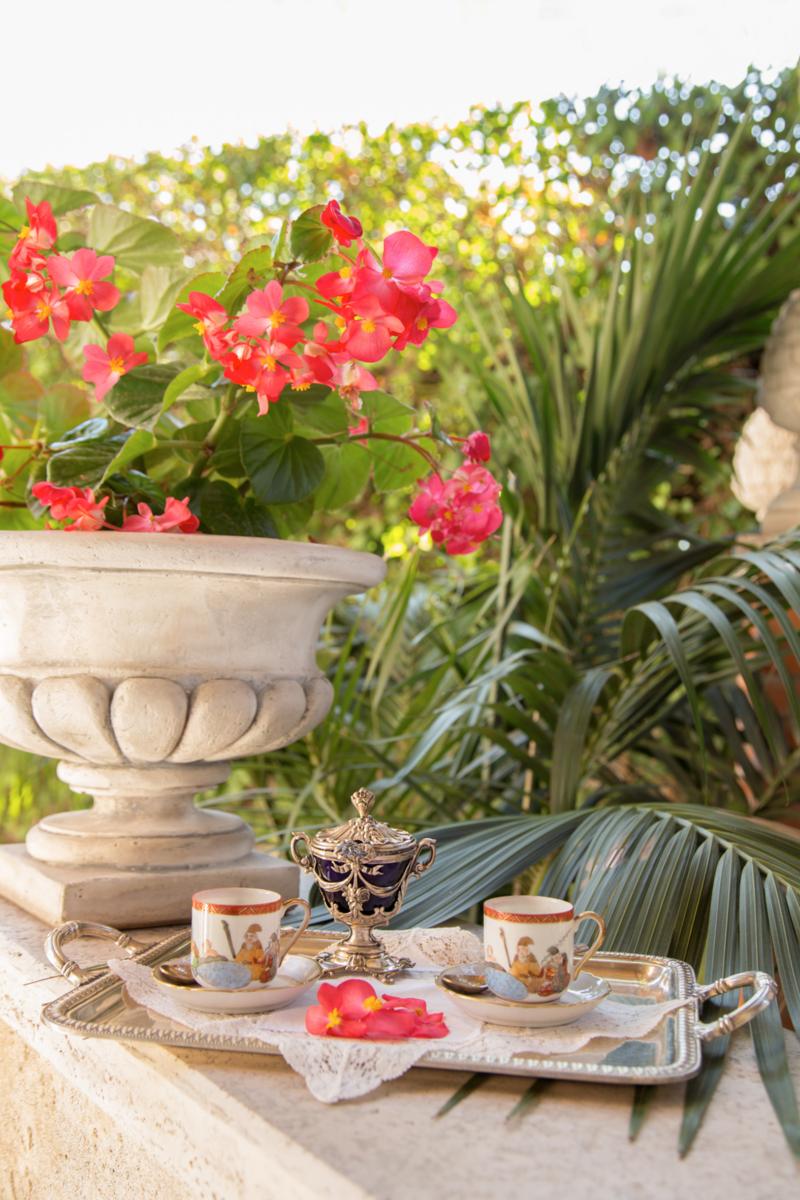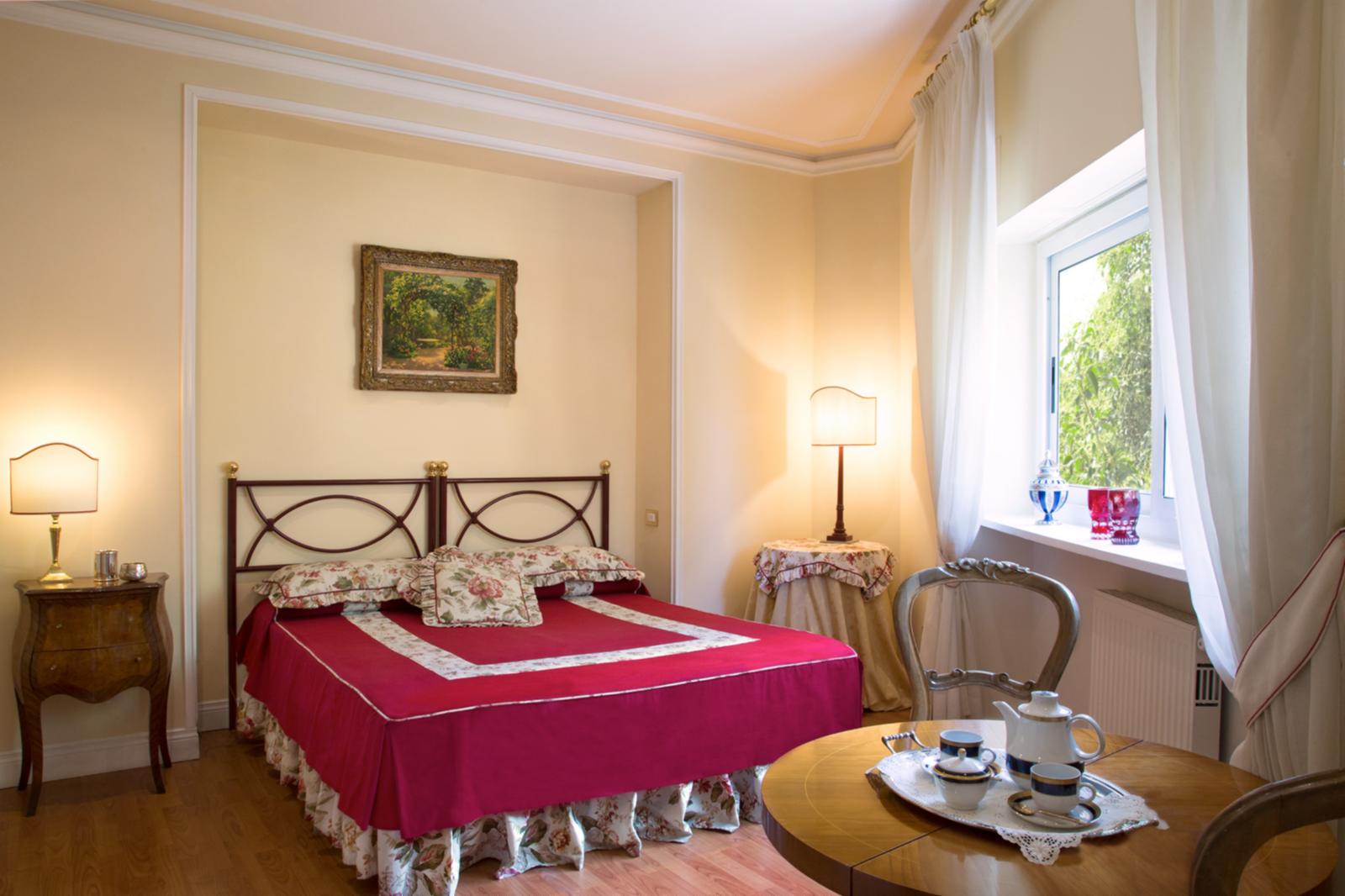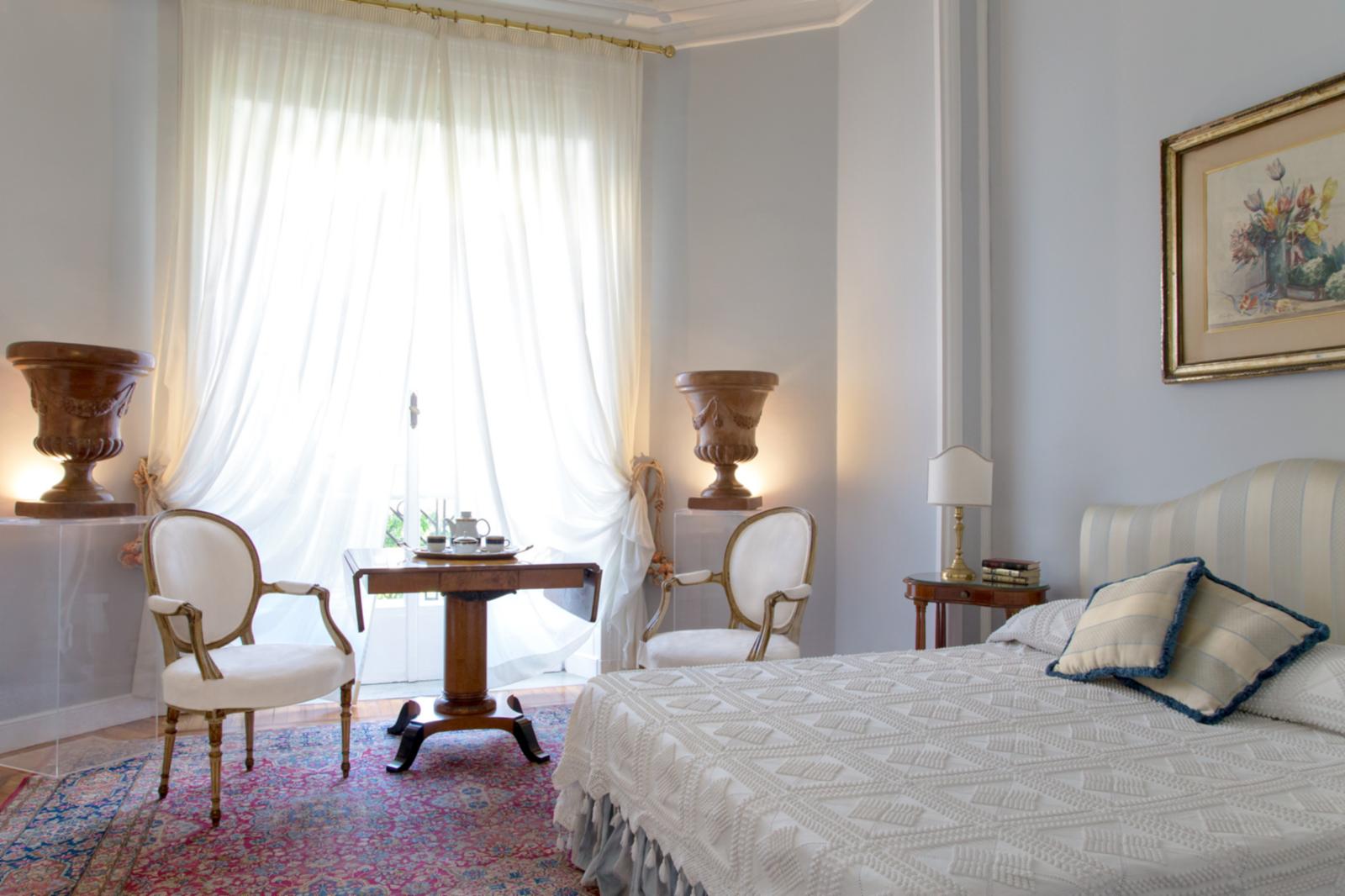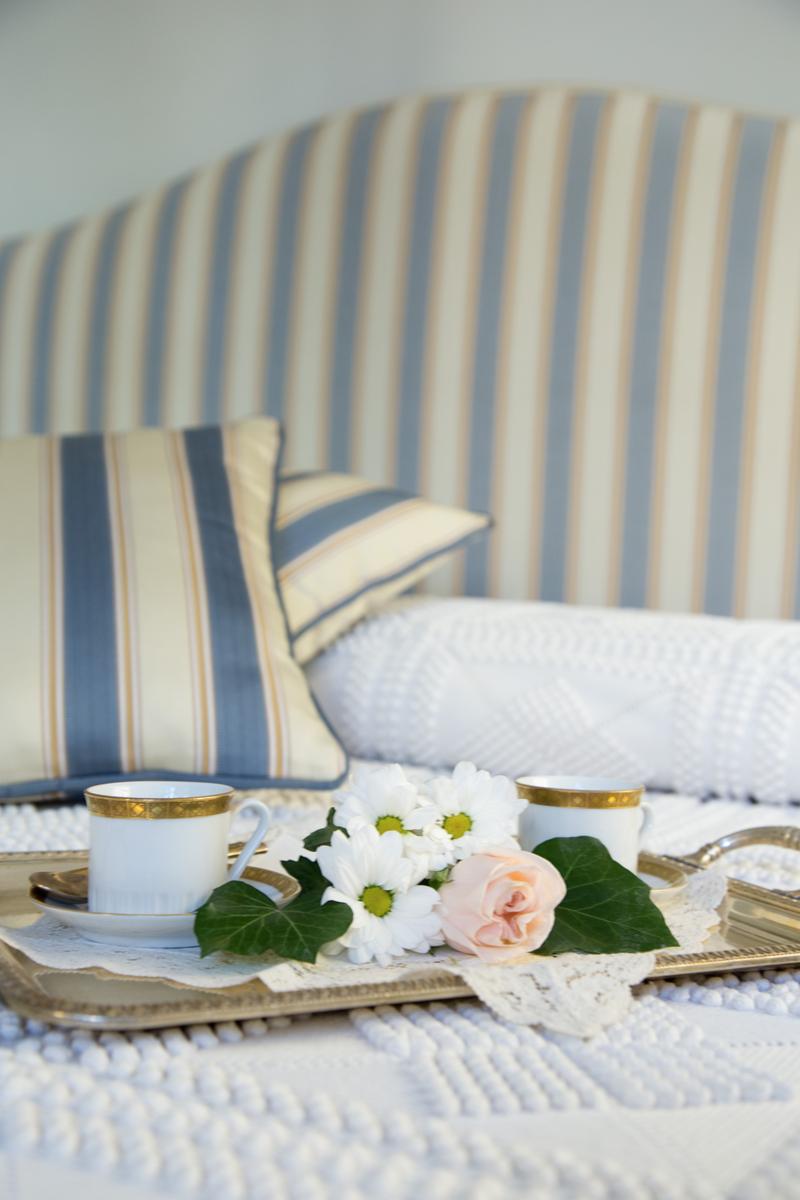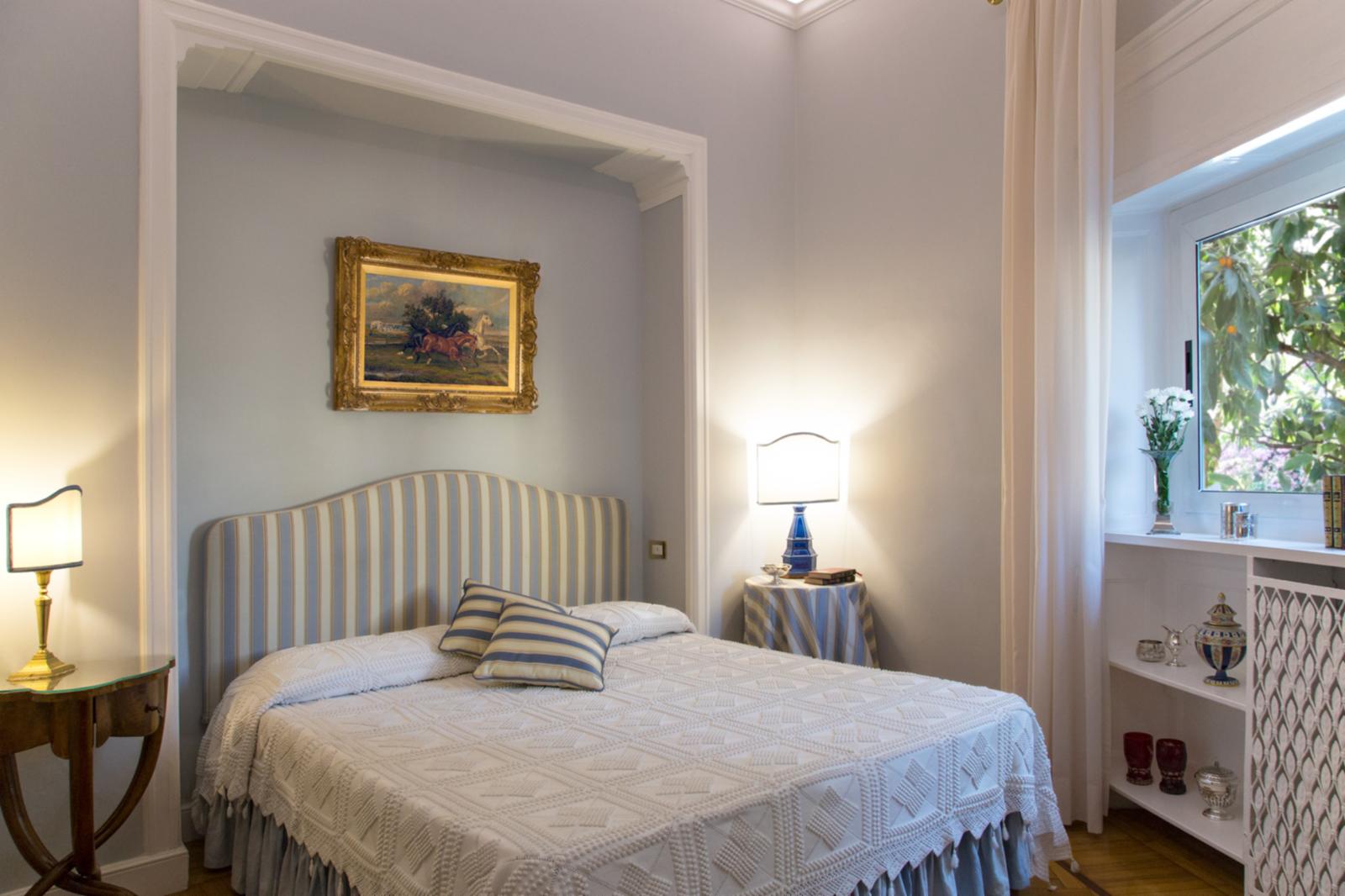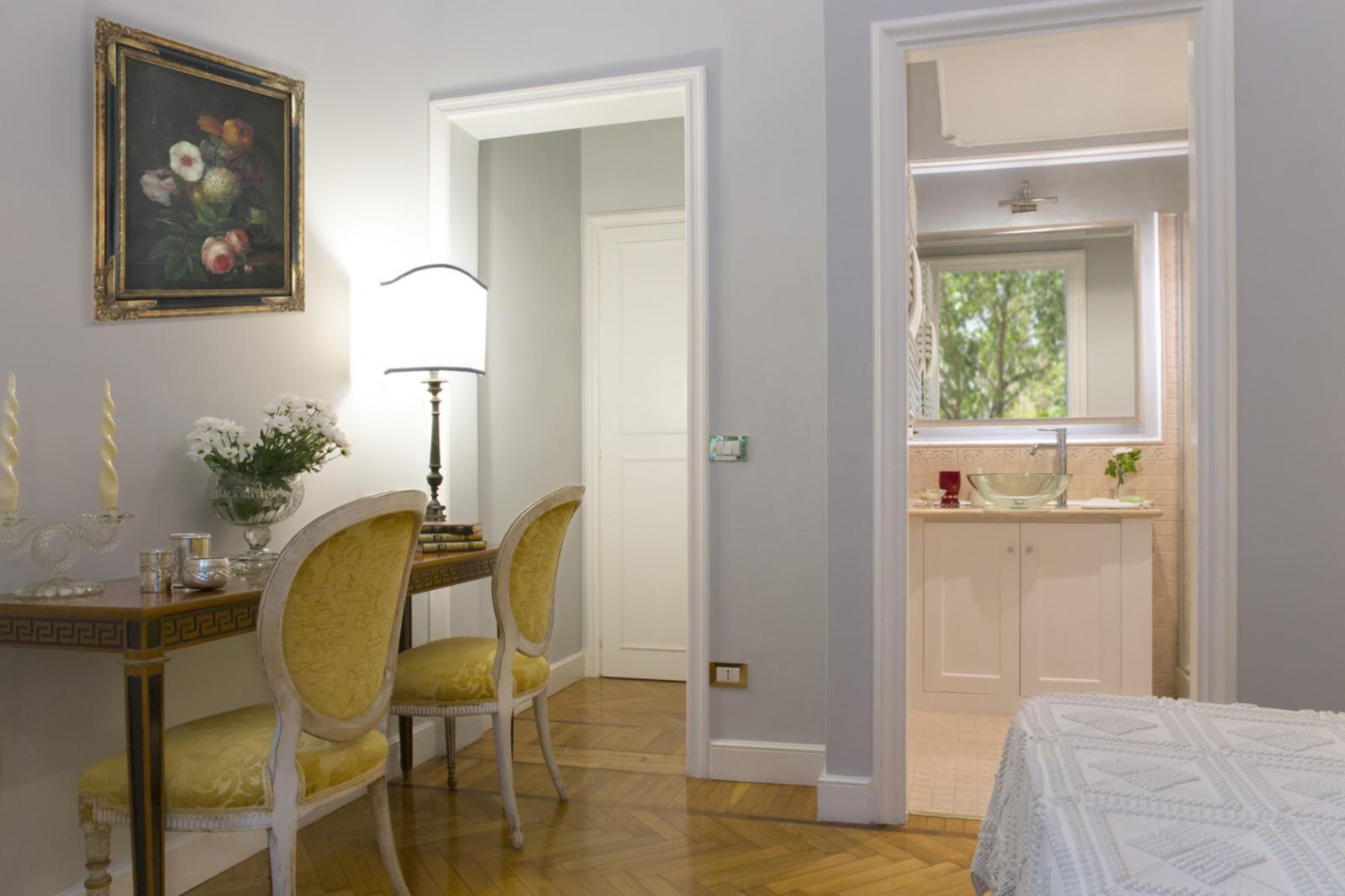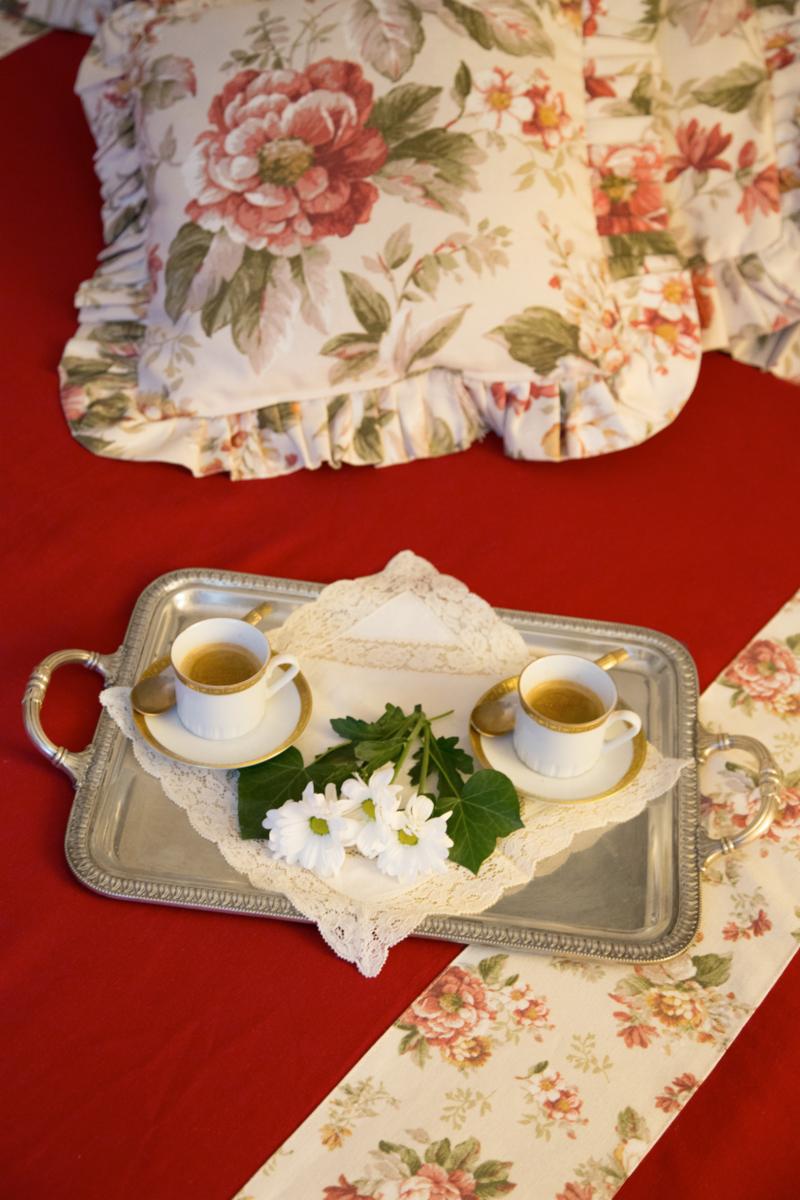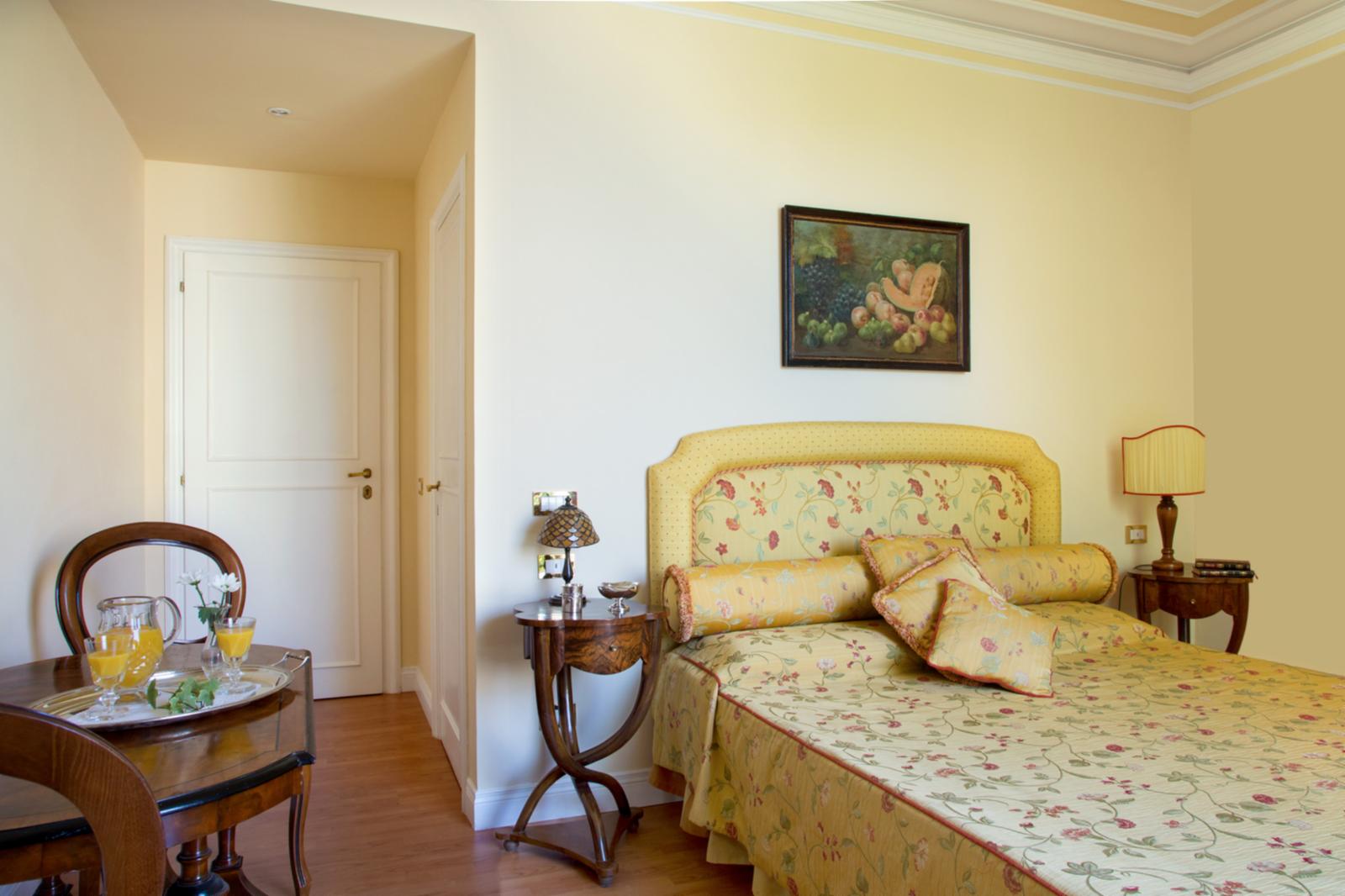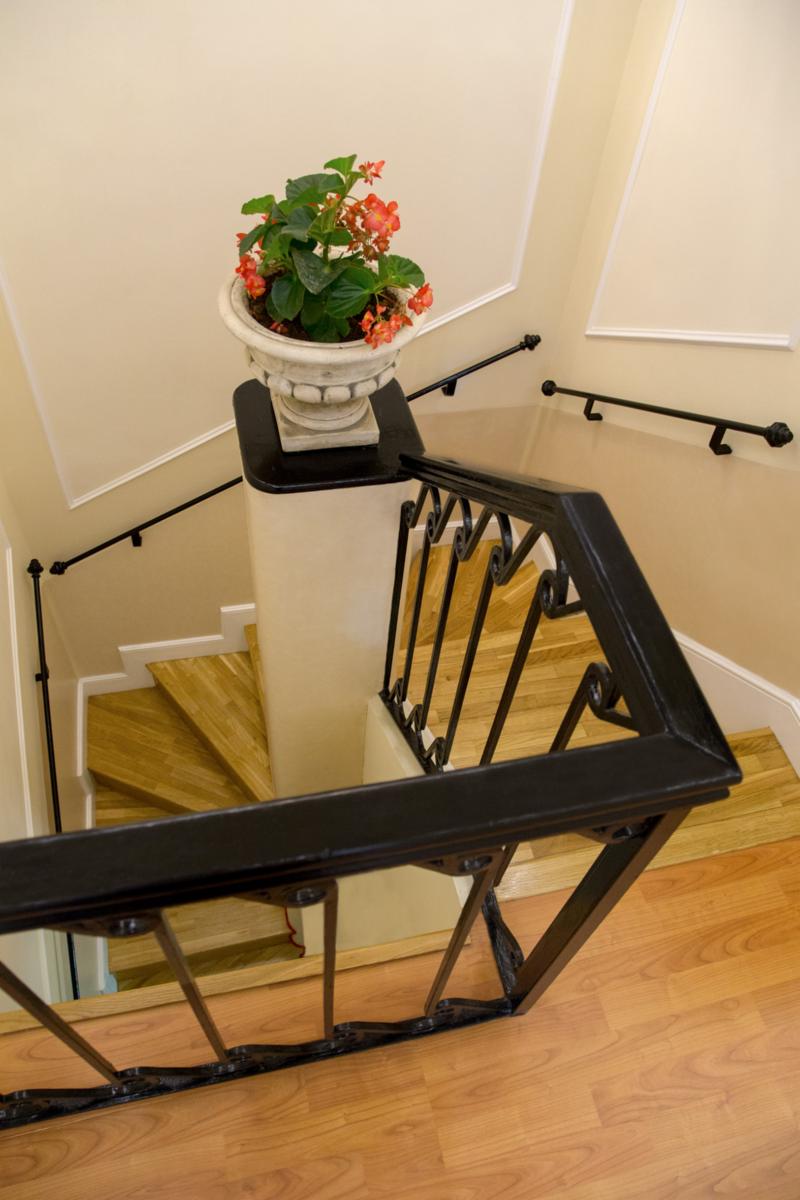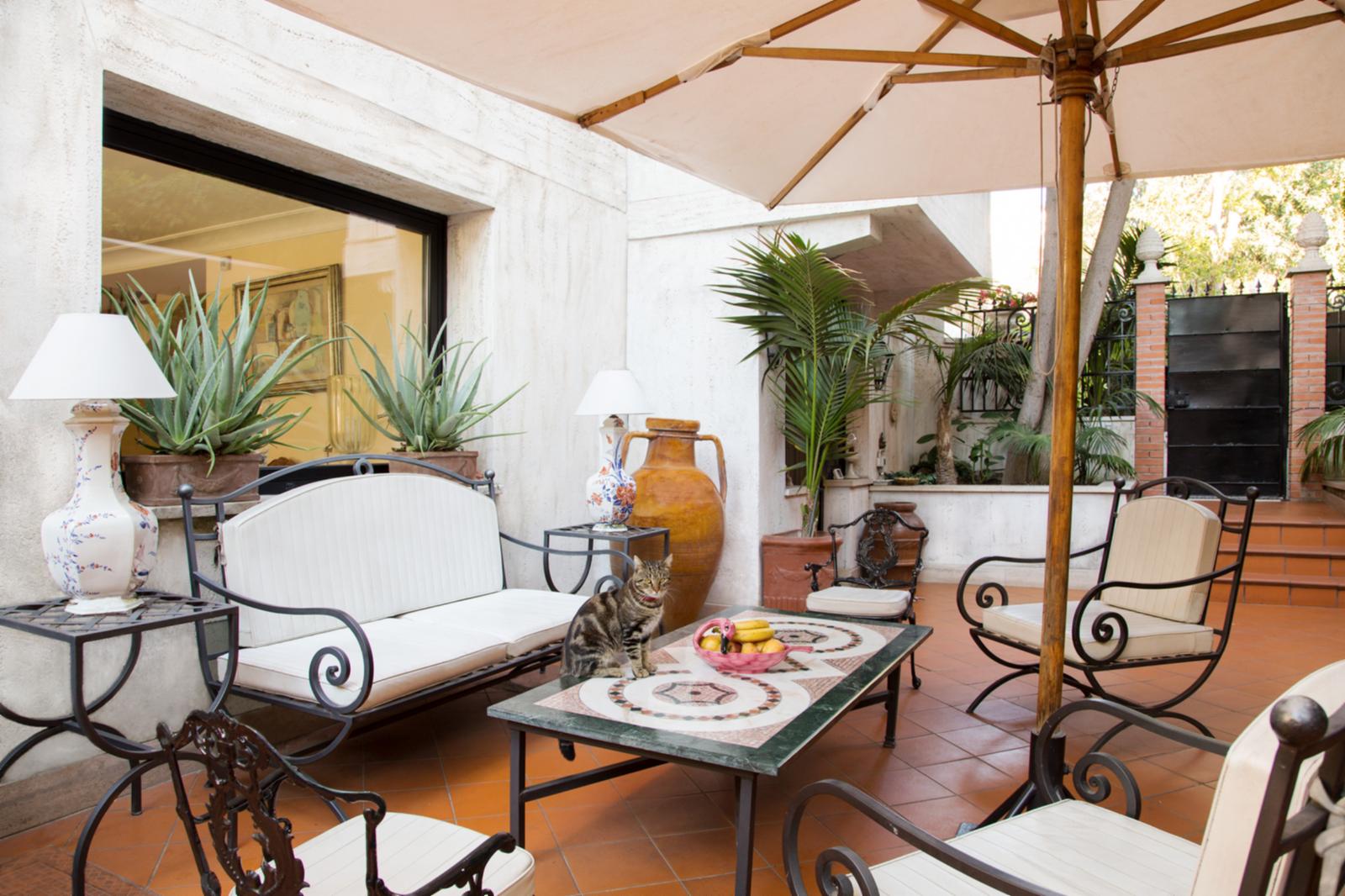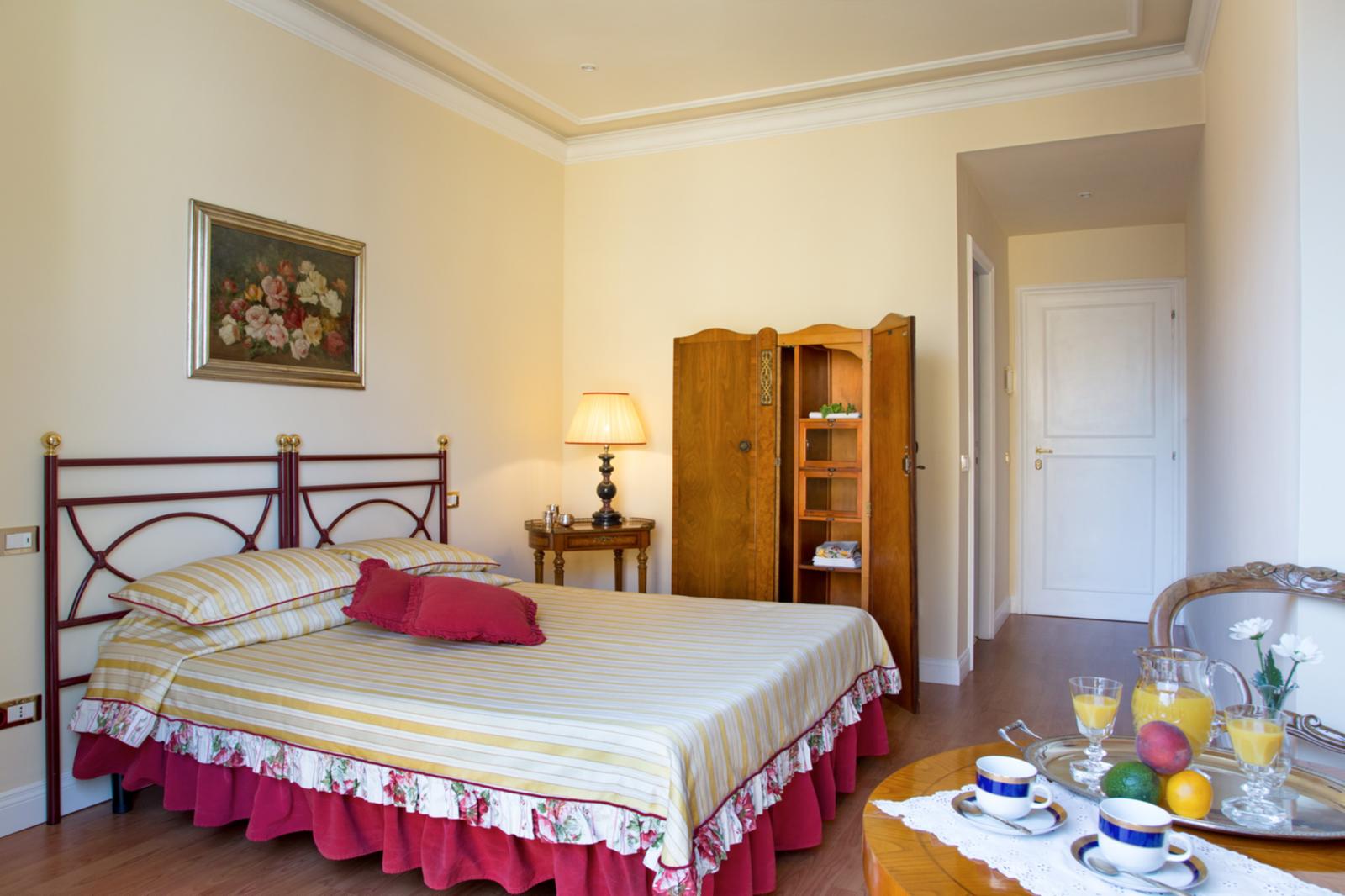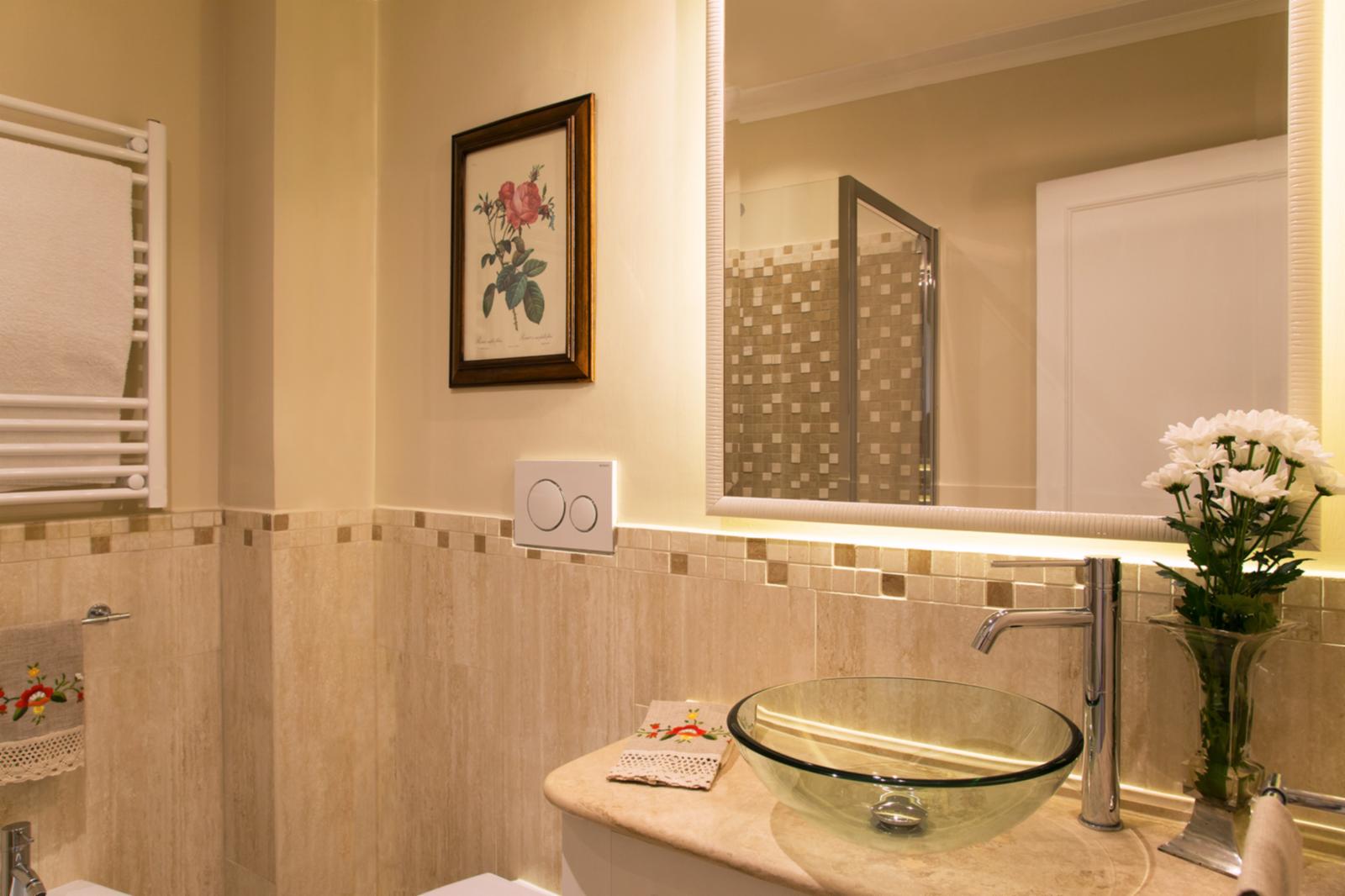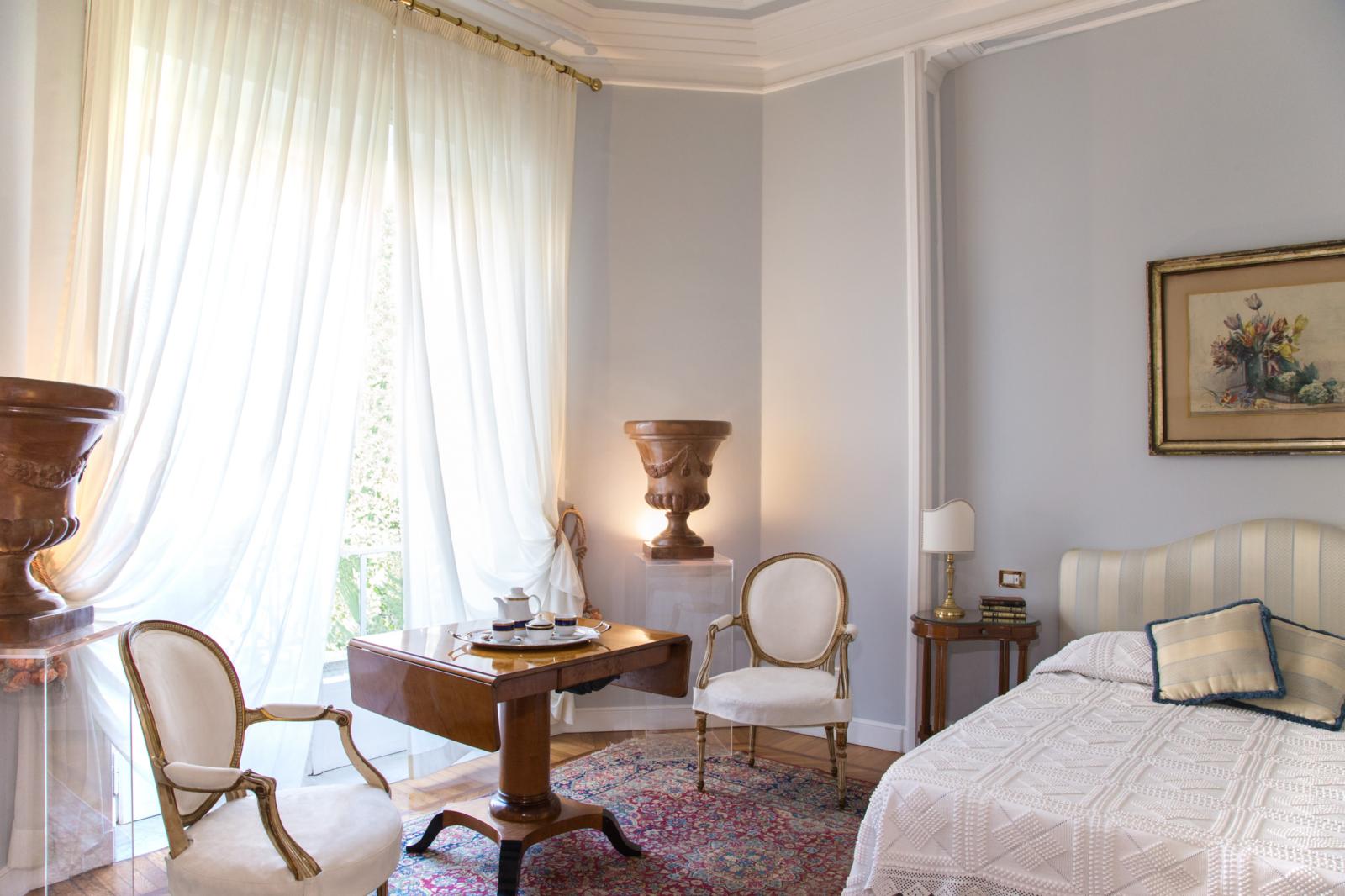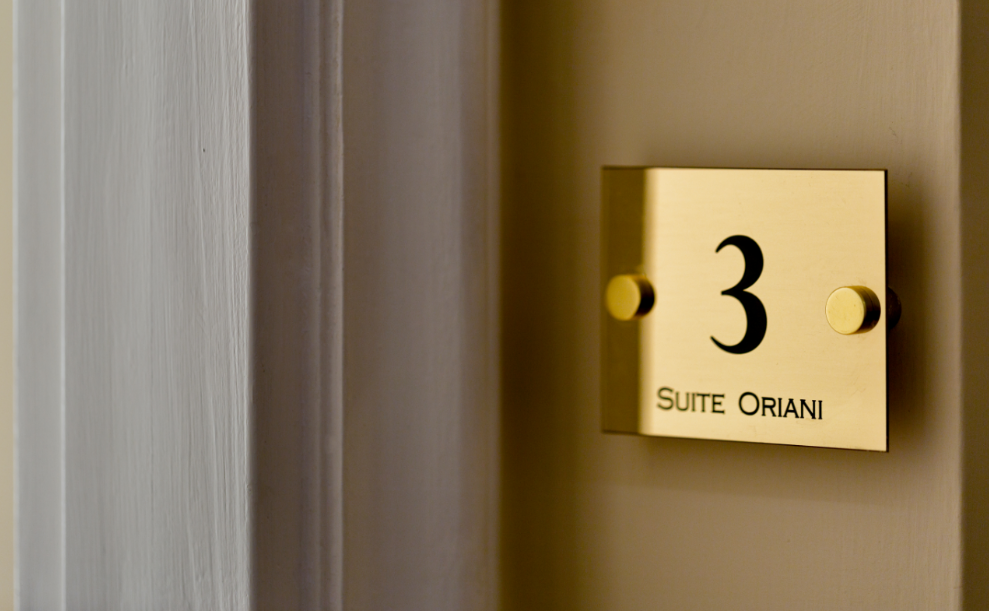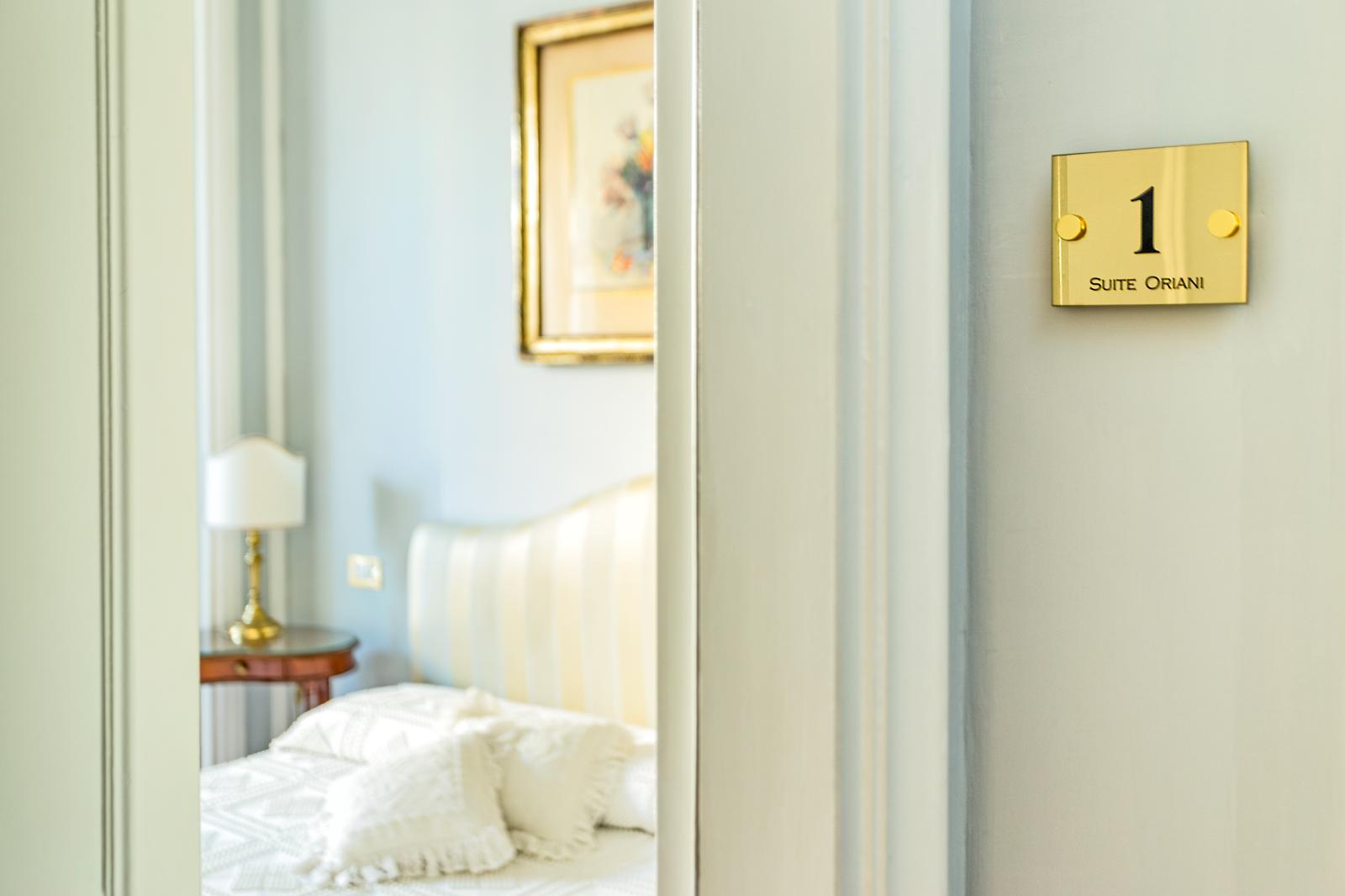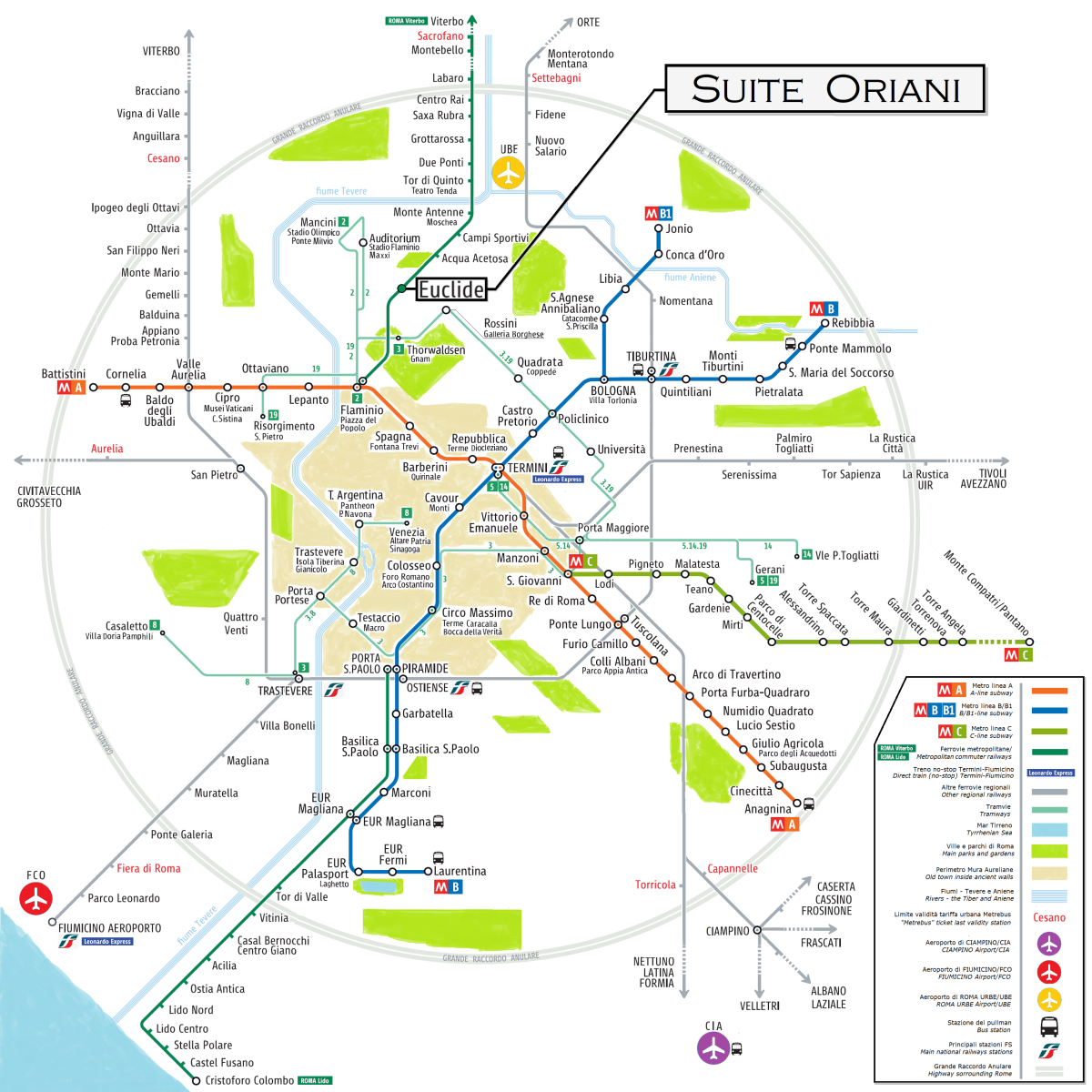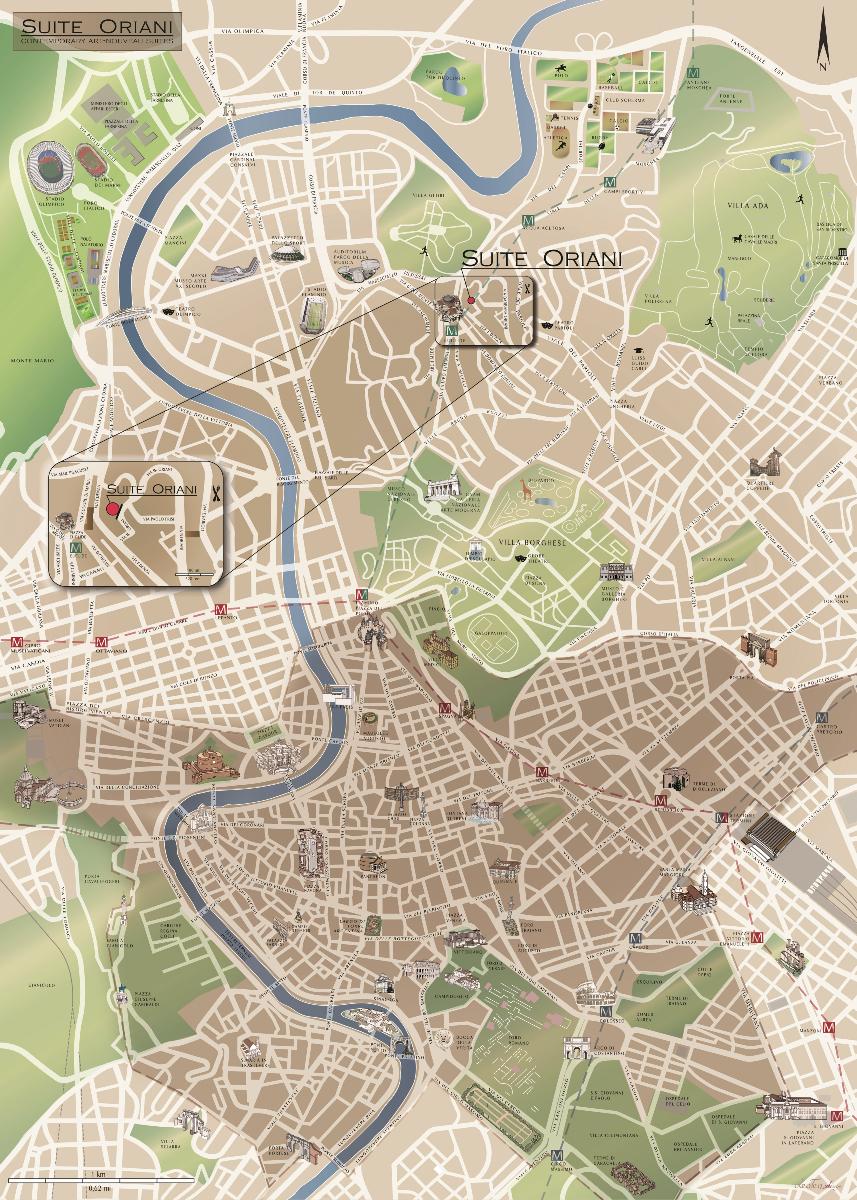Accomodation
Welcome to Rome, to the Townhouse Suite Oriani, guests of a prestigious historic villa in Art-Nouveau style located in the Parioli-Villa Borghese neighborhood. The elegant relaxing atmosphere, the unique location, in an area of Rome filled with vegetation, away from the hustle and bustle of the nearby historic center, gives Suite Oriani that touch of a privileged atmosphere of peace and privacy. A relaxing area... ... in the exclusive neighborhood of Parioli-Villa Borghese in Rome, Suite Oriani is located inside an elegant villa built in 1929, taking inspiration from the Art-Nouveau style. The elegant antique furnishings, the modern comforts and the beautiful location make Suite Oriani a charming Townhouse, ideal for business and tourist stays, honeymoons and pleasant vacations.
Living the Suite Oriani: living a part of the history of Rome.
The history of Suite Oriani and the villa that houses it is inextricably linked to the neighborhood of Rome that is called "Parioli". This area of the Capital between Villa Borghese, Vill'Ada and the largest bend of the Tiber, is named after the hill on which it stands. It was called "Peraiolo" since the Middle Ages because it was an area in which cultivation of the pear tree abounded (from “pero” in Italian). The first homes were built in the 1890s in keeping with the style that was spreading throughout Europe – Art-Nouveau – which in Italy was reinterpreted as the Liberty style. The green of the neighborhood and the elegance of its villas attracted the most exclusive people of Rome, from the cinema, theater, industry, high finance and diplomacy. In 1960 having an aperitif at the Bar Euclide or in Viale Parioli was more chic than the Harry’s Bar in Via Veneto.
The villa was built by the architect Furino in 1929, commissioned by a wealthy Texas oilman who fell in love with the area and decided to live within stylish walls until 1950. The curved and wavy lines – called "coup de fouet" in French (whiplash) – were inspired by the sinuous forms of the vegetable world and combined with fantasy elements, and were the dominant features of its expression. The architect decided to encircle the villa with a series of valuable frescoes depicting winged horses – a very popular image in Art Decò, which was considered the "french cousin" of Liberty style. He hired Mr. Duilio Cambellotti, a decorator of the fascist era whose most important work includes some portraits of the Altare della Patria in Piazza Venezia, Rome. The fresco, recently renovated, is protected by the Italian Fine Arts.
After its time as a private house, Suite Oriani became South African Embassy – which now it’s across the street. The Embassy was a consulate for visa issuing, and was then the office of the Confederation of Italian Firms, the Association of Italian Confectionery Industries.
The international attention afforded of Rome in the Jubilee of the year 2000 and the advent of the internet, prompted the owners to open the doors of the villa to visitors to the Eternal City. The strong identity the villa’s style retained during the realization of the project. All spaces have in fact a common matrix: the entrance is characterized by the presence of a tapestry of Erulo Eruli – an artist at the end of 800 located on the Via del Babuino, where now the restoration of his tapestries takes place; applique and a mirror of the early 900 in typical Art Nouveau style. The hardwood floors are original and never replaced. The rooms preserve elements of the style: original stucco plaster on the ceiling, "Biedermeier" furniture of the '20s, floral paintings by famous French watercolorists of the '30s. Outdoor spaces evoke the sophistication of the winter gardens typically found in the orangeries of French villas of the '20s.
For these reasons, staying at the Suite Oriani means living a part of the history of Rome.

